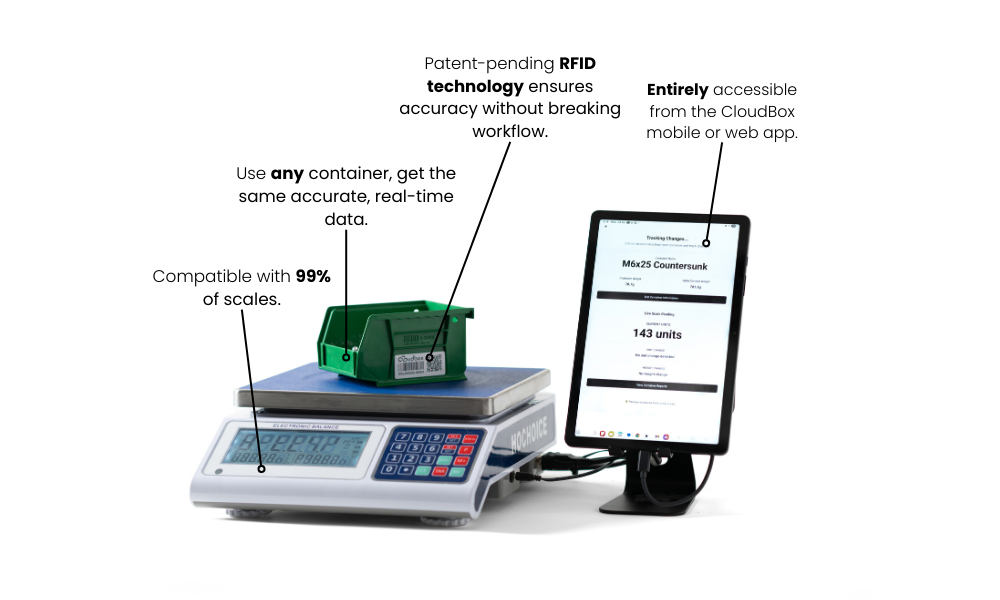.png)
Inventory turnover is one of the most critical metrics in any supply chain-driven business. A high turnover rate means you are moving products quickly and generating revenue efficiently. A low rate means cash is tied up, products are sitting idle, and your warehouse space is being wasted. But many companies misinterpret low turnover as a sign that they need to cut inventory, which can hurt sales and frustrate customers. The real solution lies in smarter movement, not just smaller stock.
What Does Inventory Turnover Really Measure?
Inventory turnover reflects how many times you sell and replace your inventory over a given period. It is calculated by dividing the cost of goods sold (COGS) by the average inventory value during that period. A higher turnover rate generally indicates strong demand and effective stock management, while a lower rate may signal overstocking, poor forecasting, or sluggish sales.
But context matters. A jewelry retailer, a cannabis dispensary, and a parts supplier all have vastly different turnover expectations. What matters is whether your turnover aligns with your business model and market demand.
Why Cutting Back Is Not Always the Answer
Reducing inventory to boost turnover can backfire. If you over-correct, you risk running out of stock when demand spikes. That leads to missed sales, customer frustration, and even reputational damage. The better move is to fine-tune your stocking strategy to match demand more accurately.
Strategies to Improve Turnover Without Cutting Stock
1. Improve Forecast Accuracy
Analyze historical sales data, track seasonality trends, and consider external market factors to make demand predictions more accurate. Better forecasts lead to smarter purchasing and fewer slow-moving products.
2. Segment Your Inventory
Not all SKUs are equal. Use ABC analysis to identify high-value or fast-moving products and focus on keeping those lean and optimized. Slower-moving items can be managed differently with adjusted reorder points.
3. Refine Supplier Relationships
Reliable suppliers allow for smaller, more frequent orders instead of bulk purchases. This improves cash flow and keeps inventory fresh. Consider negotiating flexible lead times or consignment models.
4. Use Real-Time Tracking
Visibility is everything. A system that updates in real time lets you react to actual trends, not estimates. This helps avoid overstocking during dips or running short during surges.
5. Offer Bundles or Promotions
If certain products are moving slowly, pair them with high-demand items to increase movement. Bundles can reduce stagnant stock while boosting customer value perception.
6. Automate Replenishment Rules
Dynamic restocking systems based on sell-through rates reduce guesswork and keep your shelves moving. Automation helps smooth out inventory flow across all locations.
What Does Better Turnover Look Like?
Improved turnover does not mean having less. It means having the right amount, in the right place, at the right time. It means products move before they expire or fall out of trend. It means capital is liquid, not locked into pallets.
If you want a system that helps you turn faster without cutting corners, CloudBox can help. Our smart containers update your stock levels in real time, so you can make informed decisions without waiting for a monthly count. That level of clarity drives tighter operations and more confident restocks.
.avif)






.png)
.png)




